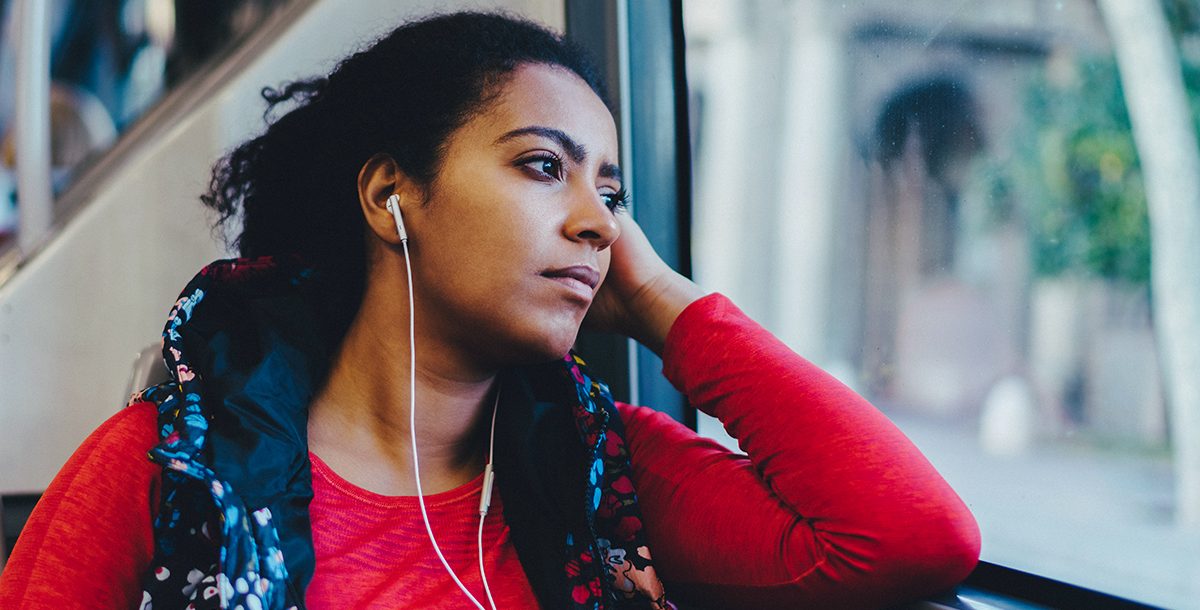The colder months bring plenty of fun, seasonal opportunities, but not everyone finds these months enjoyable. In fact, for some people, the fall and winter bring on a specific type of mood condition called seasonal affective disorder (SAD).
About 5 percent of U.S. adults experience this disorder each year. SAD begins to subside when the days begin to lengthen in spring.
Signs of seasonal affective disorder
The symptoms of SAD mirror some of those seen in other forms of depression. The impact of these symptoms can be different from person to person.
Some of them include:
- Lack of energy despite an increase in sleep
- Disinterest in once-enjoyable activities
- Feeling sad or hopeless
- Suicidal thoughts
- Altered appetite
- Feelings of guilt
In addition, SAD can affect a person’s ability to concentrate or think clearly. This can make it more difficult to be productive. This can also lead to difficulty at work, in personal interactions or in creative pursuits.
Theories on why SAD happens
Experts aren’t sure about the cause of seasonal affective disorder. However, several theories attempt to explain why it affects certain people each year.
Here are three potential causes:
- The reduction in light disrupts a person’s circadian rhythm. This makes it harder for their body to regulate factors like their mood and appetite.
- Because of the increased darkness, a person’s body creates too much melatonin. This is a hormone that makes you sleepy.
- Lack of sunlight leads a person’s body to create less serotonin. This is a natural brain chemical that affects your mood.
Ways to cope with SAD
As you look for ways to cope with SAD, know that light is your best friend. And that light can come either from the sun or an artificial source.
- Try to spend as much time outside during the day as you can. Eat lunch outside and go for walks when you need a break. If, like most people, you spend a lot of your working hours indoors, rearrange your office space in a way that allows you to see more light. Position yourself near a window and open the blinds.
- Incorporate a light therapy box into your daily routine. This is a device that emits bright light. Being near this type of light source for around 20 to 30 minutes each day reduces symptoms of SAD. However, for lasting results, you should continue to use the box throughout winter.
- Use a dawn simulator. This is another source of artificial light. It mimics the kind of light you see during a sunrise. The lamp gradually brightens, helping you to wake up in an improved mood, even on winter’s shortest days.
Contrary to what some people may say, tanning beds are not a wise solution to the problem. Although they create enough light, they expose your skin to harmful UV rays.
Additional coping strategies
Light is useful, but it’s not the only strategy to rely on. Here are three more tips to try:
- Squeeze in 30 to 60 minutes of physical activity each day. Exercise outdoors whenever possible. This is a good way to increase sun exposure.
- Reach out to friends and make an effort to stay social. When possible, try to connect with others who are coping with SAD. You might be able to exchange tips and resources.
- Eat balanced meals and cut down on unhealthy substances, such as alcohol. Consume foods with omega-3 fats (think fish, soybeans and walnuts). These can help boost your mood.
You can now connect with mental health counselors across the country by using a 988 dialing code, the new three-digit suicide and crisis lifeline, to call, text or chat. Like 911 operators assist with medical, safety or fire emergencies, the new 988 lifeline service providers will help people experiencing mental distress.
Learn more about the mental health and primary care services we provide at Bon Secours.





